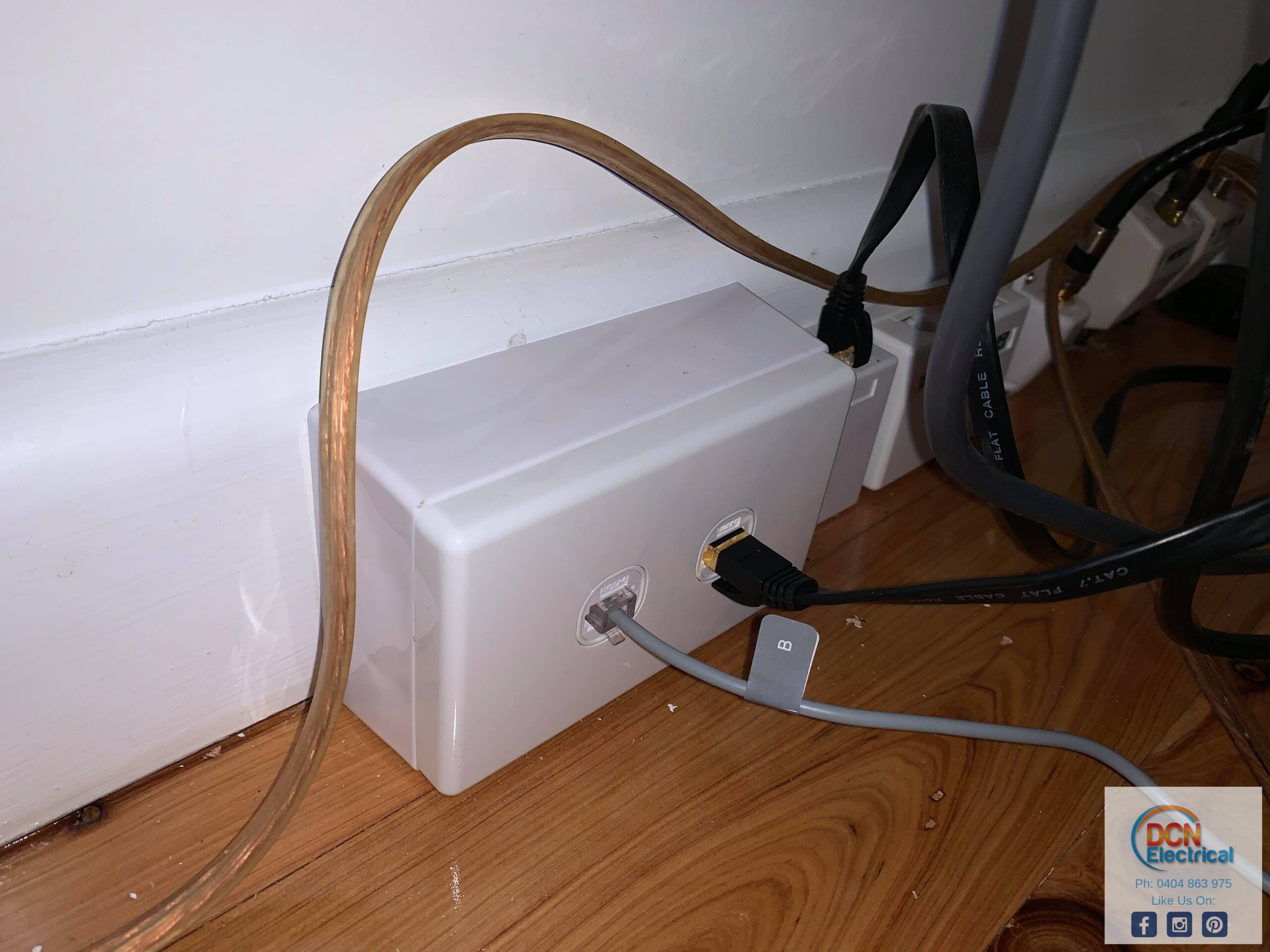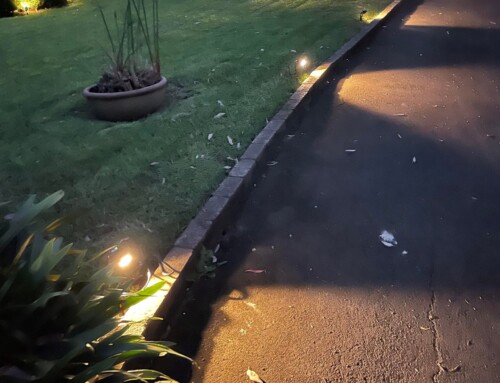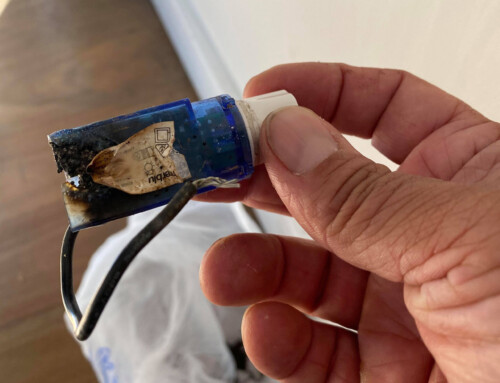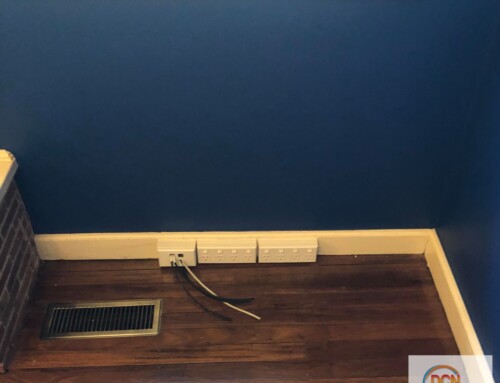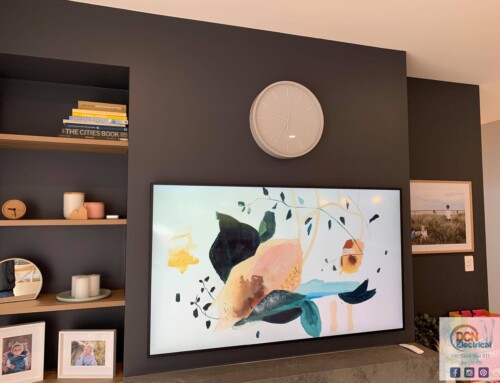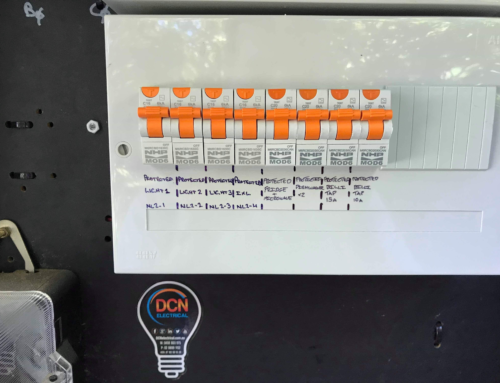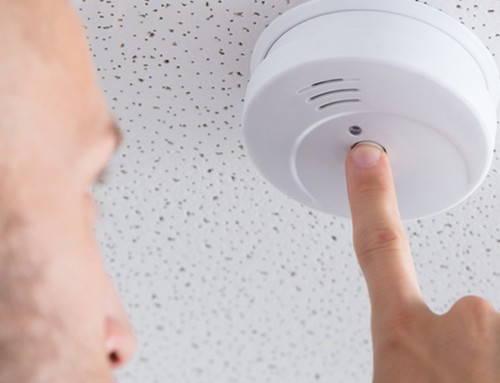FTTN connections are a high speed NBN connection delivering internet services via Fibre To The Node (FTTN) and copper connection from the Node to your home. If you’re not sure if you have an FTTN connection, you can check your address here.
While you can’t seem to choose if you have a FTTN connection, there is talk of you being able to pay to have your service upgraded to FTTP. Until then, what does having FTTN mean for the average Sydney home owner?
What does an FTTN connection mean inside the home?
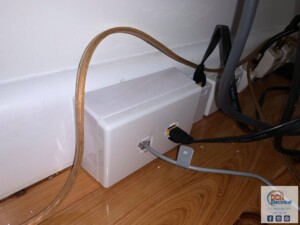 FTTN relies on the existing copper wire infrastructure to access the fibre technology in your closest node. There is some belief that the closer you are to the node, the faster your internet access might be. There is also a belief that the fewer people accessing the node, the faster your internet access will be.
FTTN relies on the existing copper wire infrastructure to access the fibre technology in your closest node. There is some belief that the closer you are to the node, the faster your internet access might be. There is also a belief that the fewer people accessing the node, the faster your internet access will be.
Past the NBN box at your home, your internet speed relies on how your internet is shared through the home.
Many existing homes will have their modem at the NBN connection box and use wifi after that. This means that the speed and reliability of your internet will depend on how close you are to the modem, what generation wifi you are using to connect, how many wifi connections your modem can support, how many devices are trying to connect over wifi, what tasks each device is trying to do using wifi and how much internet bandwidth they use.
For example, if you live in a solid brick home and you are trying to stream a show from the opposite side of your home to the modem, you may find that it takes time to load or might pause to reload. Perhaps the internet slows down after dinner when kids are doing homework, one parent might be logging in to check their work emails or catch up on work, and someone is online gaming.
What to do if you have an FTTN connection but slow internet?
With FTTN running over the existing copper technology from the node to your home, you may find that your internet speeds suffer due to distance from the node, state of the copper lines, load on the copper network.
Many homeowners don’t realise that the standard speed is 9Mbps download and 0.8Mbps upload. As a comparison ADSL 2+, the system before NBN had a maximum download speed of 12Mbps and 1.5Mbps upload. You may actually find your FTTN service is slower than your old ADSL connection and will benefit from a speed pack (at an additional cost).
If your home relies on wifi connections, then you have a few additional options to help speed up your internet.
You could install a wireless access point, these act like additional modems through your home. They are wired back to the original modem and provide a stronger connection than repeaters or extenders. A wireless access point is handy if you want to remain mobile with the devices in your home.
If you tend to keep a device in one spot, for example a gaming console, smart tv, or internet connection in a study, then you might want to consider having a hardwired connection installed for these devices. The benefit of a dedicated hardwired connection for these devices is that they will have a fast, dedicated connection and can then be removed from the wifi load on your modem. That means these devices will stream and respond faster with internet based content.
DCN Electrical can supply and install both wireless access points and additional FTTN connection points in your home. Contact us for a quote.

